
-
Find the right food for your petTake this quiz to see which food may be the best for your furry friend.Find the right food for your petTake this quiz to see which food may be the best for your furry friend.Health CategoryFeatured products
 Adult Salmon & Brown Rice Recipe Dog Food
Adult Salmon & Brown Rice Recipe Dog FoodSupports lean muscle and beautiful coat for adult dogs
Shop Now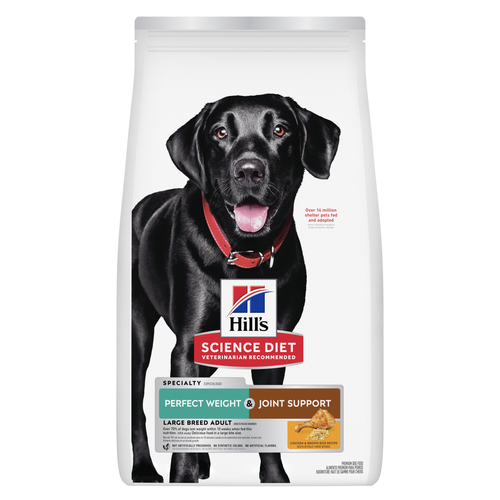 Perfect Weight & Joint Support Large Breed Chicken & Brown Rice Recipe Dog Food
Perfect Weight & Joint Support Large Breed Chicken & Brown Rice Recipe Dog FoodThis weight management and mobility support dog food was created with Hill’s unique understanding of the biology of overweight dogs
Shop Now Adult 7+ Healthy Cuisine Roasted Chicken, Carrots & Spinach Stew Dog Food
Adult 7+ Healthy Cuisine Roasted Chicken, Carrots & Spinach Stew Dog FoodDelicious roasted chicken paired with tender vegetables in a succulent stew
Shop NowFeatured products Adult Salmon & Brown Rice Recipe Cat Food
Adult Salmon & Brown Rice Recipe Cat FoodSupports lean muscle and beautiful fur for adult cats
Shop Now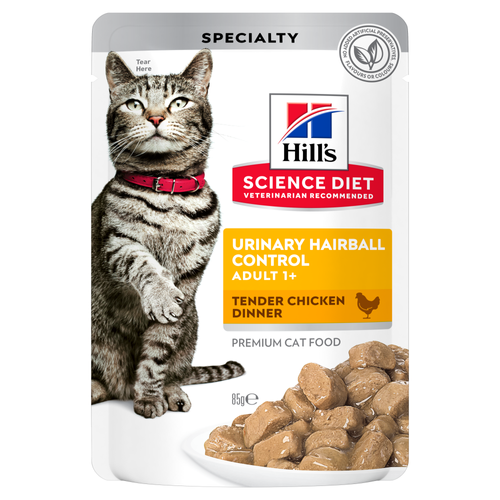 Adult Urinary Hairball Control Tender Chicken Dinner Cat Food
Adult Urinary Hairball Control Tender Chicken Dinner Cat FoodPrecisely balanced nutrition to support urinary health from kidney to bladder. With natural fibre technology to help reduce hairballs.
Shop Now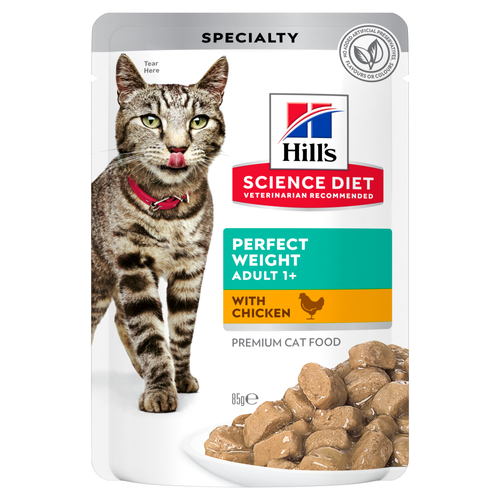 Adult Perfect Weight with Chicken Cat Food
Adult Perfect Weight with Chicken Cat FoodBreakthrough nutrition for your cat’s healthy weight maintenance and long-lasting weight support
Shop Now -
DogCat
- Cat Tips & Articles
-
Health Category
- Weight
- Skin & Food Sensitivities
- Urinary
- Digestive
- Kidney
- Dental
- Serious Illness
-
Life Stage
- Kitten Nutrition
- Adult Nutrition
Featured articles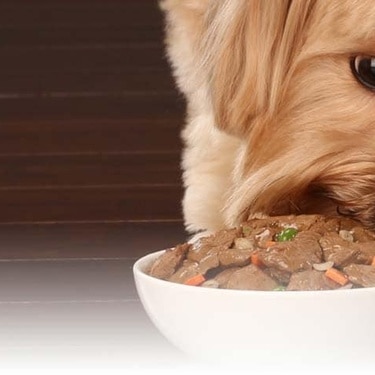 Pet Food Storage Tips
Pet Food Storage TipsWhere you store your cat and dog food can make a big difference in the quality and freshness once it is opened. Here are some common questions and recommendations for optimal storage for all of Hill’s dry and canned cat and dog food.
Read More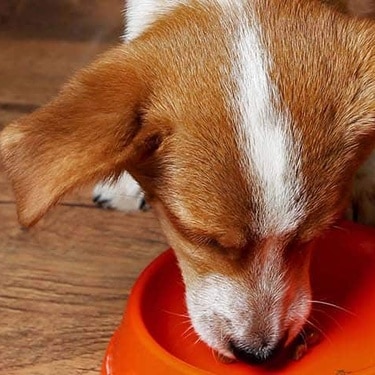 The Right Diet For Your Pet
The Right Diet For Your PetLearn what to look for in healthy pet food & nutrition, including ingredients, quality of the manufacturer, your pet's age, and any special needs they have.
Read More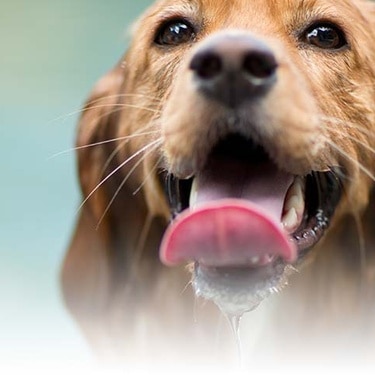 Water
WaterWater is the most important nutrient of all and essential for life. Animals can lose almost all their fat and half their protein and still survive, but if they lose 15% of their water, it will mean death.
Read More -


Sweetener xylitol toxic to dogs
Your canine companions may eagerly wait to gobble up any stray morsel of food (or anything else) that hits the floor, but as a pet parent, you must avoid the temptation to allow it. There's a chance that food could contain xylitol, which can be toxic and even life-threatening to dogs.1,2
What is xylitol?
Xylitol is a naturally occurring sugar alcohol used as a sweetener in many common human food products such as candy, chewing gum, toothpaste, mouthwash and some sugar-free foods. Xylitol is also used in pharmaceuticals such as chewable vitamins, throat drops and throat sprays.
Signs of xylitol consumption
According to the Animal Poison Control Center, dogs ingesting more than 0.1 g/kg (0.1 g/2.2 lbs.) of xylitol could develop low blood sugar (hypoglycemia) and liver disease.2 Although the xylitol content of foods varies widely, this means that as few as one or two sticks of some xylito-containing gums can be toxic for all sizes of dogs.
If your dog has accidentally eaten a product containing xylitol, the FDA says some of the warning signs that may appear within minutes include:
- Vomiting,
- Lethargy
- Loss of coordination
- Depression
- Seizures
Please note that some dogs that ingest xylitol may not develop problems such as low blood sugar for up to 12 hours.3


Tasty Tips
What do I do if I think my dog has eaten something with xylitol in it?
If you suspect your dog has ingested a product containing xylitol, please contact your veterinarian immediately. Your veterinarian may want to examine your dog and run blood tests to determine if you dog has decreased blood glucose levels and / or elevated liver enzymes.
Prevention
To reduce the possibility of accidental consumption, keep all foods (especially low-calorie or diabetic foods containing xylitol), candy, gum, dental products, drugs and medications safely stored out of your dog's reach. An upper kitchen cabinet is a good place to keep foods from even the most inquisitive of dogs.
Be sure to keep bags, purses, coats and any other clothing or containers well out of his reach as well. A dog explores with his nose, so any open bag or pocket is an invitation for him to stick his head in and check it out.
1 http://www.fda.gov/AnimalVeterinary/NewsEvents/CVMUpdates/ucm244076.htm
2 Dunayer EK, Gwaltney-Brant SM. Acute hepatic failure and coagulopathy associated with xylitol ingestion in eight dogs. J Am Vet Med Assoc 2006;229:1113-1117.
3 (APCC Database: Unpublished data, 2003-2006)
Related products

Delicious roasted chicken paired with tender vegetables in a succulent stew

This weight management and mobility support dog food was created with Hill’s unique understanding of the biology of overweight dogs

Supports lean muscle and beautiful coat for adult dogs

Gentle on stomachs while nourishing skin & supporting development in growing puppies
Related articles
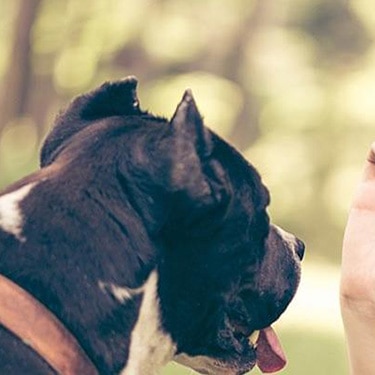
Learn what you can feed your pregnant or nursing dog to keep her and her new pups healthy.
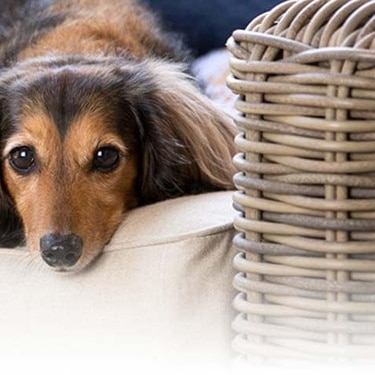
A dog with a sensitive stomach has special needs. Learn more about sensitive stomach symptoms in your dog, what you can do to help sooth your pet’s insides and get recommendations on sensitive stomach dog food.
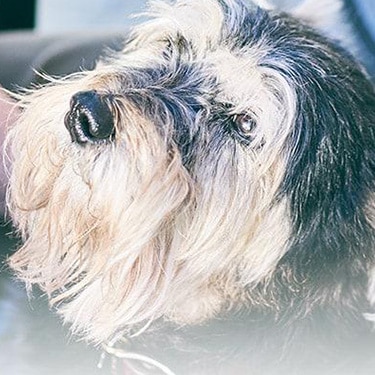
Though it may seem like your four-legged friend loves nothing more than to nap on the couch, dogs need regular exercise to stay healthy just like people do.
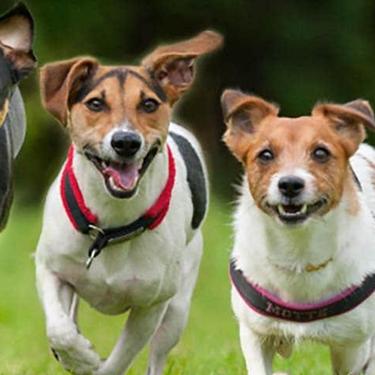
Selecting the right food for your puppy is a key to quality nutrition and a long, healthy life., Learn more about how to select the right puppy food.

Put your dog on a diet without them knowing
Our low calorie formula helps you control your dog's weight. It's packed with high-quality protein for building lean muscles, and made with purposeful ingredients for a flavorful, nutritious meal. Clinically proven antioxidants, Vitamin C+E, help promote a healthy immune system.
Put your dog on a diet without them knowing
Our low calorie formula helps you control your dog's weight. It's packed with high-quality protein for building lean muscles, and made with purposeful ingredients for a flavorful, nutritious meal. Clinically proven antioxidants, Vitamin C+E, help promote a healthy immune system.


